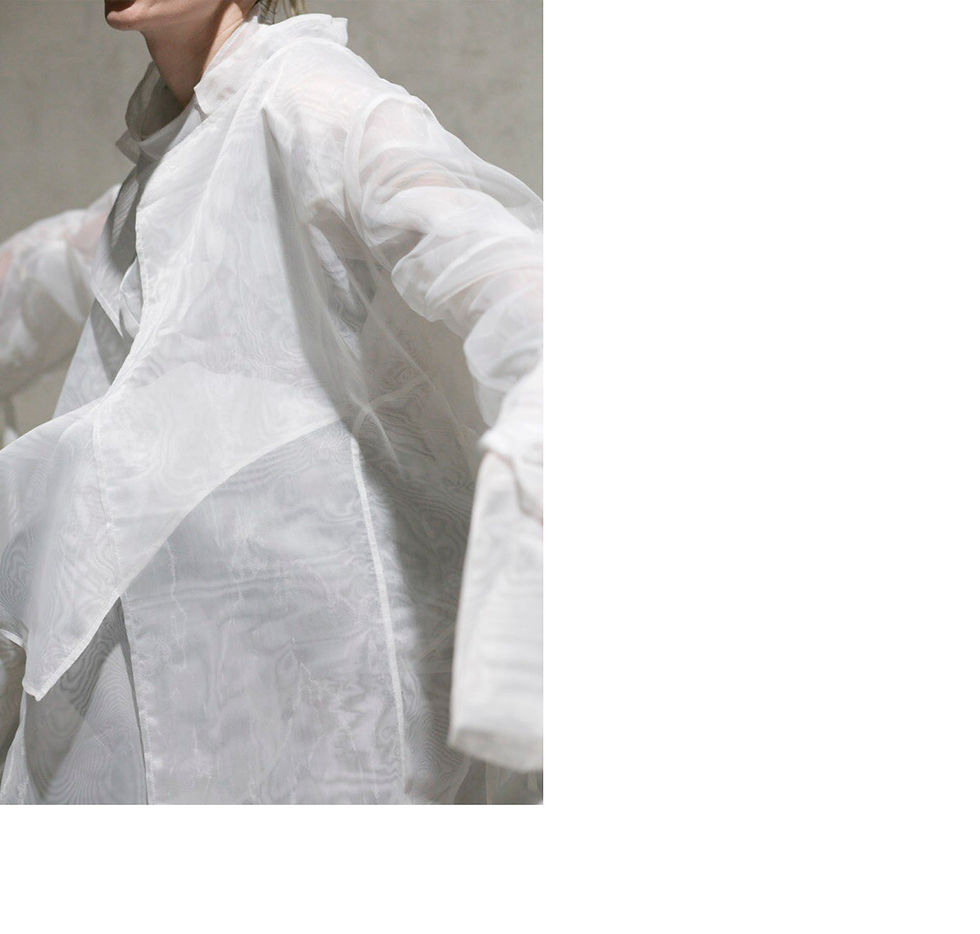MANIFESTO
Modern cities are not only architectural and social spaces, but also the spaces eminently suitable for communications and media processes. A modern resident can easily form around a new, individual space, which on the one hand is increasingly determined by his/her wills and capabilities, and on the other hand, moves him/her away from traditional spaces and traditional societies. Residents are building their personal spaces and visual images of macrostructures around them with ever increasing frequency. A real, tangible city still participates in the formation of such images, but its role changes and requires new interpretation.
Spatial experience of modern social life is formed due to the complex interaction of architectural objects, urban areas, and media communications. And the latter can’t be ignored considering the design at any level of its manifestations.
When it comes to the city we often mean an individual subjective perception, which is determined by the virtual world, and its proportion is growing rapidly in the modern reality.
However, a resident is not only an object of the urban environment's influence. A resident, while considering its physical and virtual image, interacting with other inhabitants in real or virtual life, along with external elements, becomes an integral element of a single structure.
The resident’s image, consciously or unconsciously demonstrating his/her attitude to the environment, agreement or disagreement with it, the will to go along with the society or, on the contrary, to oppose itself to it, is simultaneously formed by the city, and influences the image of the latter, both physically and virtually.
The modern world erases the boundaries between the real and virtual worlds. Does it mean the loss of urban environments’ identification and at the same time the loss of personal self-identification in local physical spaces and the loss of association with close physical reality? Becoming a part of virtual reality an individual loses its connection with physical reality and sometimes turns an alien element in it. The alien does not even meat a stranger, but in the sense of existing in parallel and independently.
Continuous change of urban structures poses the task of understanding the mechanisms, according to which the image of the city after being reflected and refracted, affects the individual image of the resident. The image built by him/her independently and from a physical point of view manifested primarily through his/her suit.
An analysis of the social space’s transformation of in modern cities is something that will help me to create a portrait of the city in the eyes of its resident.
How does the resident perceive the surrounding reality and how does he/she react to it? How does he/she adapt to the dynamics of its changes? How does he/she adapt to it or, on the contrary, opposes him/herself to it? How does he/she form their suit in it, what role does he/she play in it, and how do other people see him/her in their image? How do all the residents together influence the image of the city as a whole?
Understanding the unity of the structure of urban space enables using common methods of analyzing the environment at all its levels, applying the aesthetic and philosophical foundations of urban planning for designing both a separate costume and a single ideology of the image of the environment’s inhabitant.









